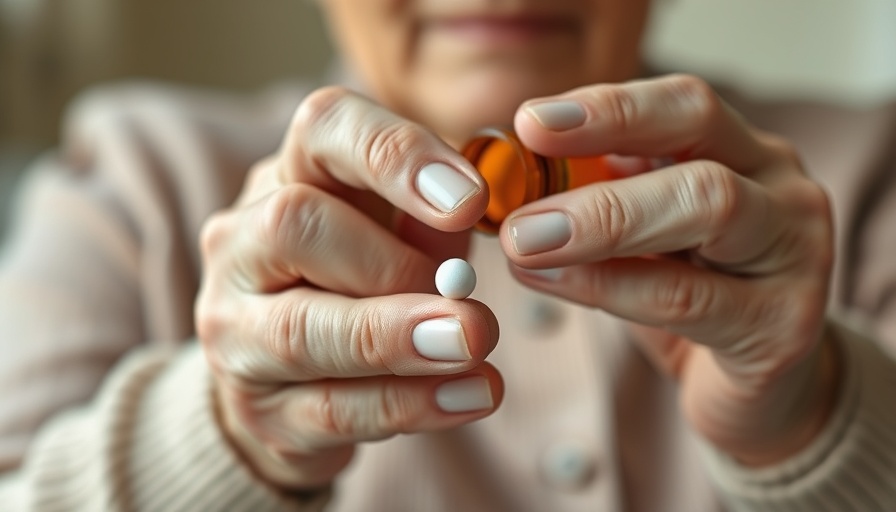
The Surprising Potential of Metformin Beyond Diabetes
In a groundbreaking study from the University of Cambridge, researchers have discovered that metformin, a commonly prescribed medication for diabetes management, may play an unexpected role in preventing acute myeloid leukemia (AML), a devastating form of blood cancer. This revelation has sparked a global conversation about the future of drug repurposing, highlighting the potential for existing medications to tackle new challenges in health.
The Mechanism Behind Metformin's Promise
Traditionally, metformin is recognized for its ability to lower blood sugar levels in type 2 diabetes patients. However, the new findings suggest it could offer a protective effect against AML by targeting pre-cancerous cells. By focusing on the genetic mutations associated with AML, specifically changes in the DNMT3A gene, metformin disrupts the energy production processes in these abnormal cells, preventing their growth into fully developed leukemia.
Understanding Blood Cancer: Its Challenges and Treatment Options
Blood cancers like AML present unique treatment challenges compared to solid tumors. Unlike cancers that can be surgically removed, blood cancers require targeted therapies that can detect and neutralize the disease throughout the body. Professor Vassiliou's insights accentuate the importance of early intervention through established medications like metformin, which offer hope for those at high risk of developing this aggressive cancer.
The Value of Drug Repurposing
With results from the UK Biobank indicating that patients on metformin had a significantly reduced incidence of mutations in the DNMT3A gene, the implications for public health are profound. Repurposing metformin could lead to a faster rollout of treatment options compared to developing new drugs from scratch, which often involves extensive testing and significant costs. This approach not only saves time and resources but also makes treatment more accessible to those who need it most.
Future Predictions: A Turning Point in Cancer Prevention?
If further studies support these findings, metformin could become a cornerstone of preventive strategies for patients predisposed to AML. This could alleviate some of the burdens faced by patients and healthcare systems alike, reinforcing the importance of preventative care and multi-faceted approaches to health management.
Integrating Wellness into Future Healthcare Solutions
As we learn more about the benefits of existing medications, it's vital to consider how lifestyle choices intersect with these findings. Integrating healthy eating, physical activity, and mental health support can amplify the drug’s effectiveness. Adopting a balanced diet rich in whole foods, engaging in regular exercise, and incorporating mindfulness practices can enhance overall wellness, laying the groundwork for a more resilient health profile.
Embracing a Healthier Future
This groundbreaking research on metformin is not just about medication—it's about weaving together our understanding of health, lifestyle, and preventive measures. As we move forward, individuals can take actionable steps toward a healthier future by prioritizing self-care, nutritional education, and community health awareness. Staying informed about emerging studies can empower individuals to engage more actively in their health decisions.
Final Thoughts: Why Staying Updated Matters
In conclusion, the discovery that metformin may help prevent a dangerous blood cancer showcases the incredible potential of drug repurposing and reinforces the need for continuous research and awareness in the health community. Embracing a holistic approach to health by considering both medications and lifestyle choices makes it possible to pave the way for a future rich in opportunities for disease prevention and better health outcomes.
 Add Row
Add Row  Add
Add 




Write A Comment